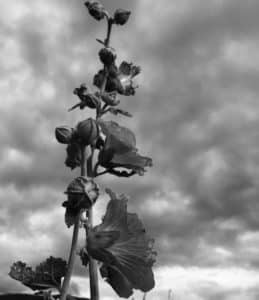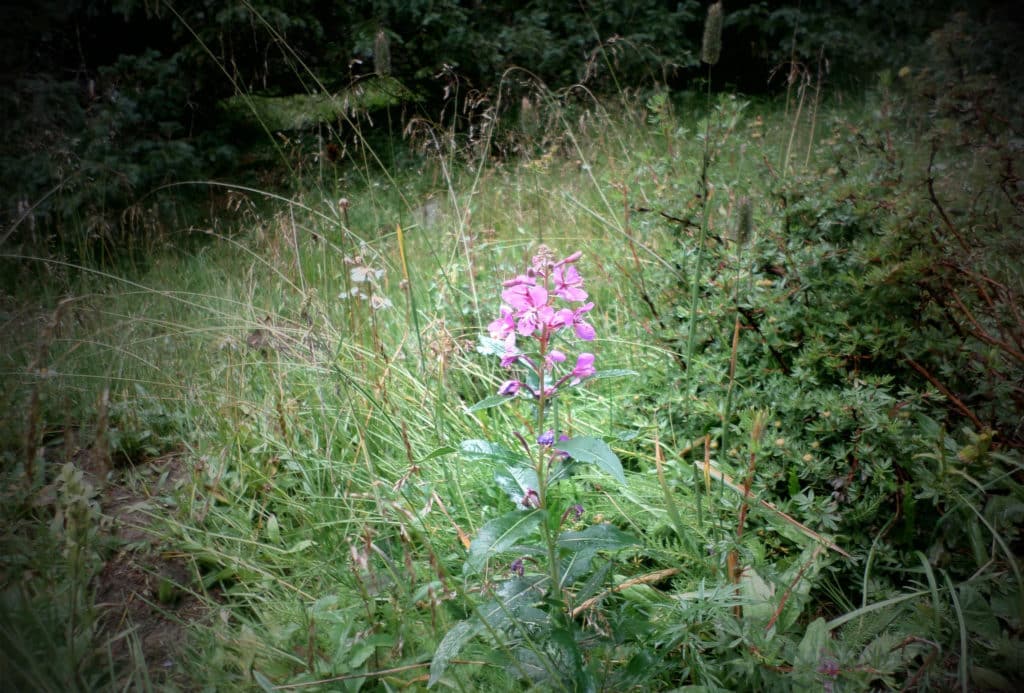Radical Wellbeing: Integrative Medicines, Holistic Health, and Alternative Awareness is a monthly column exploring the broad spectrum of healing practices and organizations, body and spirit sciences, and wellbeing tools that are rooted in personal, community, and ecological awareness and are available locally.
Breathing is so underrated. Isn’t it interesting that nature has designed it so that the first thing we do when we enter the world is take an inhale, and the last thing we do before we die is exhale? — I’ve always thought so.
Before we’re born, we aren’t breathing but rather we’re floating in an aquatic isolation tank — a very interesting parallel between the history of human evolution and the stages of gestation to birth. The salient point is that besides the fact that we are no longer in our mother’s body and no longer attached to her, what pivotally defines being alive is a breath.
When we are generally healthy and not suffering from a lung infection or conditions such as asthma, our breath gently proceeds in the background, rather unnoticed, as the foundational life process that sustains our connection to the external world. Our skin does that, too, but also as an organ of breathing. Think about it, you can’t feel your heart beating unless you are in deep meditation and you can only hear it if you put your ears under water — hmm, that water again. You don’t feel your brain thinking, your blood moving, your muscles growing (or atrophying), but at any given moment if for just a few seconds you draw your attention to your breath, you can immediately detect what it’s doing, where it is in a cycle, how your abdomen raises and rests in response, maybe even how it feels physically and emotionally.
 It is one of the reasons that many mediation practices begin with attention to the breath. In Vipassana Meditation, or Insight Meditation, the general instruction is to count your breaths one to ten and then go back to one again. When you find the last number you remember is three before having followed a story line of something that happened 20 years ago, or yesterday, or you suspect might happen tomorrow, then you simply go back to one and start over. When you find yourself at 17, you also just go back to one. Why this matters is that the breath, unlike the past, the future, or the stories we have about these things, is both constant and real. Because it is constant, it is always in the present. The goal is to be in the present moment (if you can call it that since goals are antithetical to being in the present moment.)
It is one of the reasons that many mediation practices begin with attention to the breath. In Vipassana Meditation, or Insight Meditation, the general instruction is to count your breaths one to ten and then go back to one again. When you find the last number you remember is three before having followed a story line of something that happened 20 years ago, or yesterday, or you suspect might happen tomorrow, then you simply go back to one and start over. When you find yourself at 17, you also just go back to one. Why this matters is that the breath, unlike the past, the future, or the stories we have about these things, is both constant and real. Because it is constant, it is always in the present. The goal is to be in the present moment (if you can call it that since goals are antithetical to being in the present moment.)
Because this very direct and phenomenal connection to the present moment resides in our own personal vehicle — our bodies — the effect on the mind is not only immediate but has far-reaching influence on our physical and mental health. Research done by the medical community during the last 20 years demonstrates the correlation between breathing, particularly as practiced in meditation, Yoga, and Qi Gong, and stress reduction. Stress has been determined a major contributing factor to disease and illness and the lessening of it leads to increased longevity and quality of life. This fact becomes fun when matched with the Buddhist belief that we are each born with a specific number of breaths, and when we’ve used up what’s in our allowance we’re done — that is, make them longer and deeper, and you’re buying time.
There is a difference between a thought about the present moment in the realm of intellect and the mind itself actually experiencing the present moment. The mind is malleable, and when brought out of the intellect and into the present it perceives itself and reality not abstractly but as the organic, breathing, moving nature that it is. The mind can literally and quite easily be altered. Not only does our view of things, relationships, and situations open and shift, but in the process our psychology receives healing by the rewiring of mental patterns and chemical imbalances. Studies have been out for at least a decade that demonstrate how these practices can help cure depression, anxiety and PTSD. The effect of stress-reduction on our physical health, longevity, and immunity to disease has also been researched, verifying what practitioners in the East have believed for thousands of years — that meditation and body/energy practices are as significant to your health as what you eat and how you sleep.
In Yogic terminology, the word prana is defined both as the energy of the universe, and as breath. This should be a clue as to how important breath is, particularly if you’re involved in Yoga practice. For Taoists, the microcosmic orbit is an energetic channel that can be traced along the body, with the breath. In meditation, we use the breath as one of the most accessible tools to come immediately into the present. Because of the marriage of mind and body that happens with intentional breathing, it is not to be confused with aerobic exercise.
To get in touch with the breath, start by checking in at any point during the day — while driving, standing in line, sitting at a computer, working outside, taking a lunch break — just notice your breath. Pay attention to how it feels, where it gets stuck, whether it’s easier to inhale or exhale, any emotions or thoughts that arise. Even just a few breaths makes a difference. If it’s intriguing, find a meditation guide, a Qi Gong class, or Yoga. Because there are endless choices of form and method for all these, allow your barometer for what is right for you to be based on whether or not you resonate with the teacher in a class or video, or the author of a book. Although it can be confusing, the good news is that different things are needed for different people.
And remember, just breathe.

